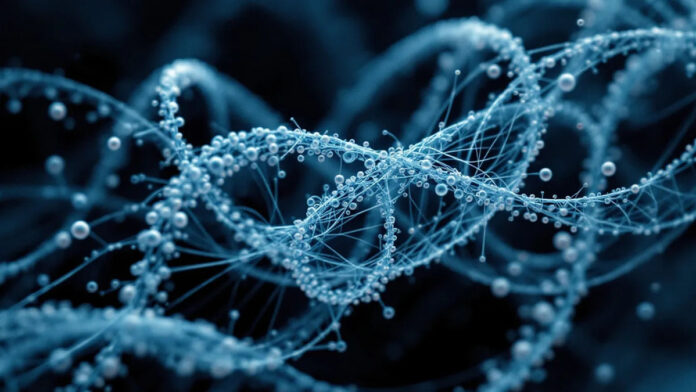Researchers of the University of Freiburg Cluster of Excellence CIBSS in Germany have shown an actin scaffold stabilises the cell nucleus upon mechanical stress.
This protective mechanism helps cancer cells avoid dying during their migration in the body.
Cancer cells are subjected to high mechanical pressure that leads to a rupture of the nuclear envelope when migrating through narrow tissue structures, as in the case of metastasis. DNA would normally leak out in the process, causing damage to the cell. However, researchers at the University of Freiburg’s Cluster of Excellence CIBSS – Centre for Integrative Biological Signalling Studies succeeded in demonstrating that a protective mechanism takes effect at this moment. Their study was published in The EMBO Journal.
A fine scaffold of actin filaments forms in the cell nucleus within seconds. The protein actin is a fundamental component of the cell structure. Driven by the proteins DIAPH1 and DIAPH3 and the DNA damage sensor protein ATR, this scaffold stabilises the nucleus and prevents DNA loss.
“This protective mechanism provides an explanation for why cancer cells do not die despite high mechanical stress but can continue their migration,” said Robert Grosse, Institute of Experimental and Clinical Pharmacology and Toxicology of the University of Freiburg.
For the study, the researchers deployed a highly invasive cancer cell line (fibrosarcoma cells, HT1080) in special microchannels of three or eight micrometres. The narrow passage in particular caused core ruptures. Actin filaments formed within about 80 seconds of such a rupture. The team measured the mechanical properties of the cell nucleus using the method of atomic force microscopy. Together with Pitter Huesgen, a collaboration partner in the Cluster of Excellence CIBSS, the researchers worked out how ATR passes on signals to DIAPH3 to trigger the formation of actin filaments.
The researchers demonstrated that the proteins DIAPH1 and DIAPH3 and the DNA damage sensor protein ATR are crucial for the protective mechanism. When the scientists blocked this mechanism, the cell nucleus became unstable, and more DNA leaked out.
“In the long term, targeted interventions in the ATR-formin axis could be used to inhibit this protective mechanism. That could prevent the formation of metastases or help treat diseases involving unstable cell nuclei,” Grosse said.
Jim Cornall is editor of Deeptech Digest and publisher at Ayr Coastal Media. He is an award-winning writer, editor, photographer, broadcaster, designer and author. Contact Jim here.


